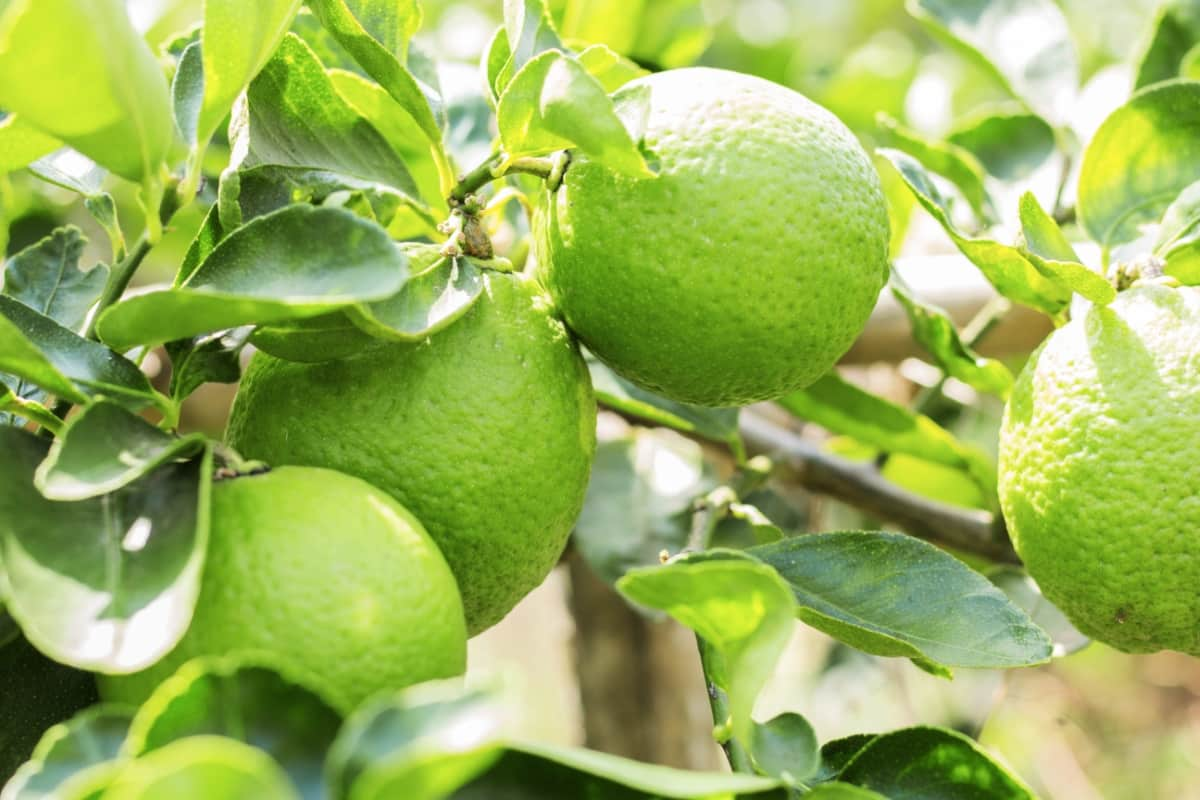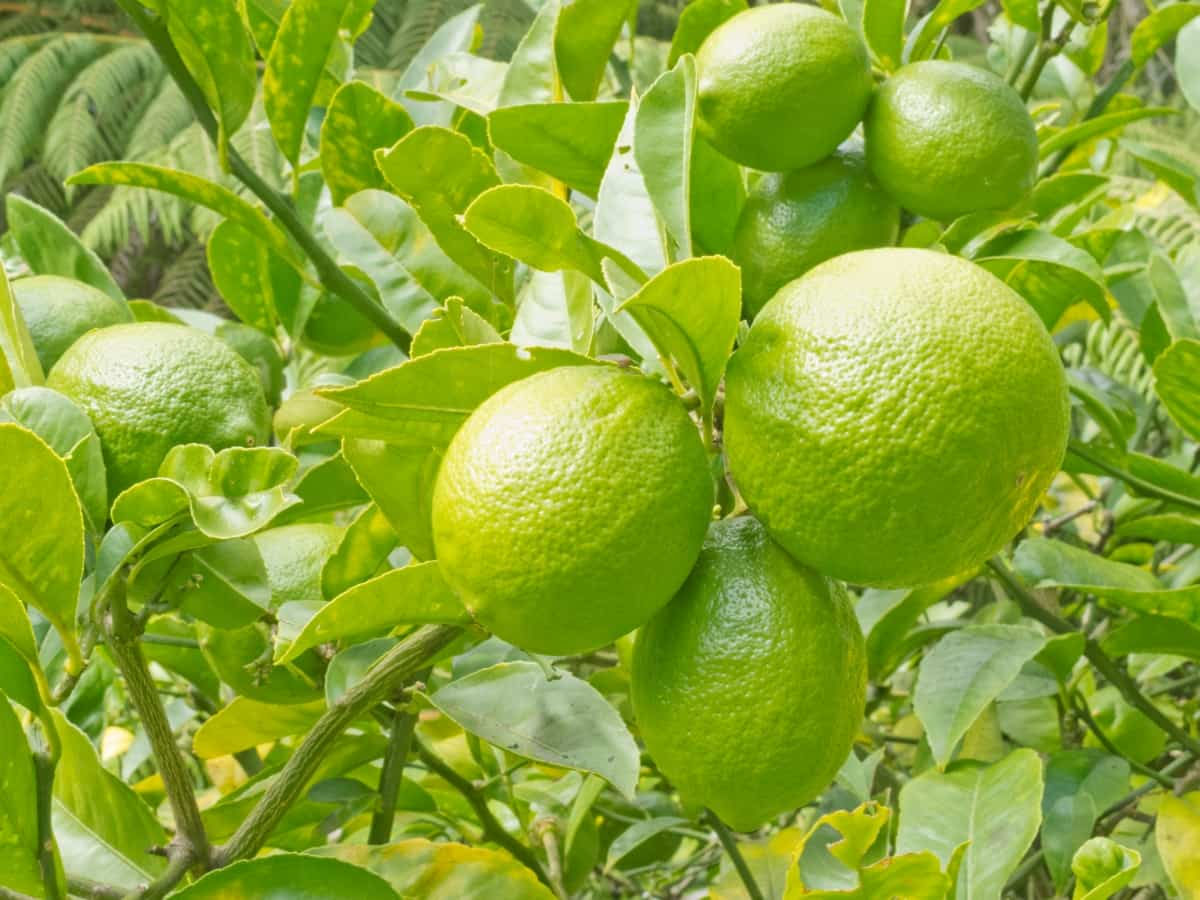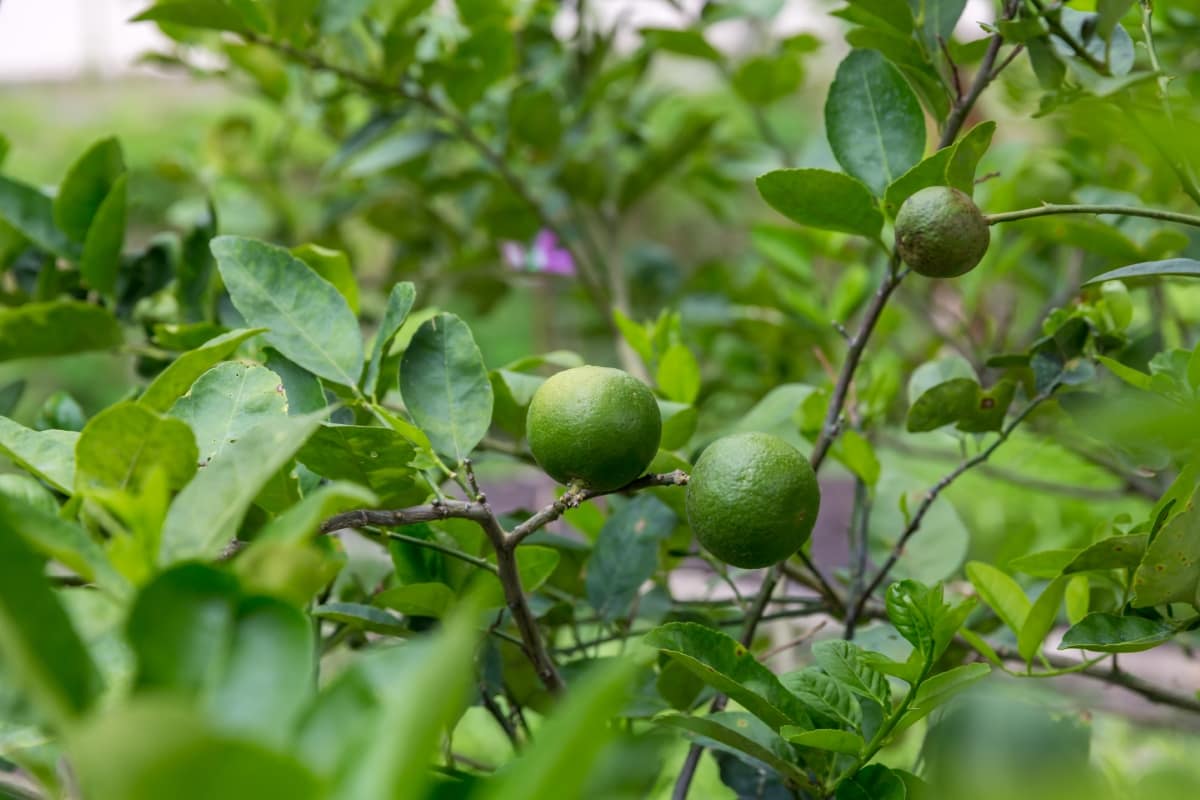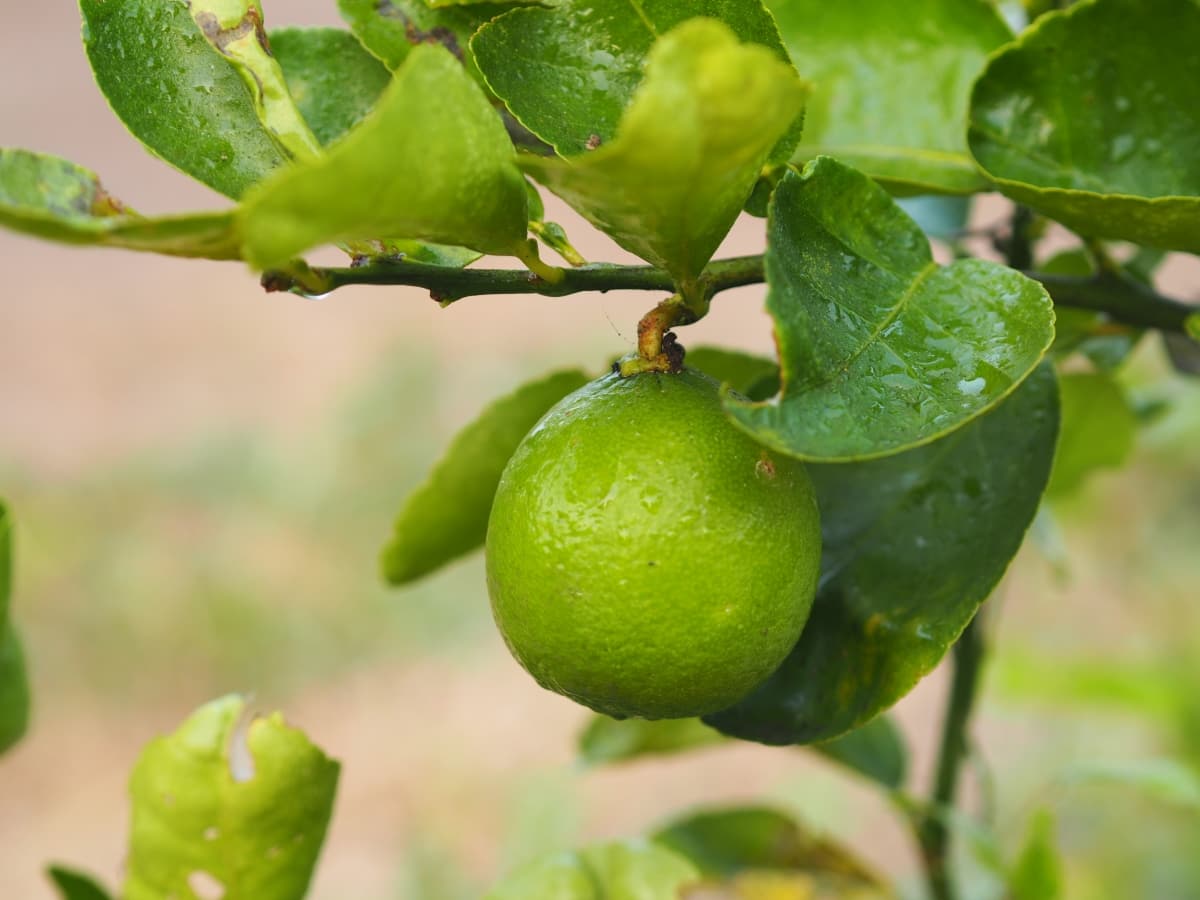The Bearss Lime Tree, renowned for its seedless and tangy limes, is a delightful addition to any garden. This article guides you through the process of planting and nurturing this citrus gem, offering essential insights for optimal growth. From selecting the right location and soil conditions to providing proper care and maintenance, we’ll explore the key steps in cultivating a thriving Bearss Lime Tree. Dive into the world of citrus cultivation with the Bearss Lime Tree!

How to Grow Bearss Lime Tree
Bearss Lime Tree Varieties
The Bearss Lime, also known as Tahiti Lime or Persian Lime, primarily features two main cultivars: the ‘Bearss’ and ‘Tahiti.’ The Bearss Lime, with its seedless and juicy characteristics, is a widely cultivated variety. ‘Bearss’ is a thornless, vigorous tree producing medium-sized, glossy green fruit. ‘Tahiti,’ often used interchangeably with Bearss, is a more generic term for the same lime variety. Both cultivars are prized for their tangy flavor and versatile use in culinary applications, especially in beverages and cuisine.
‘Tahiti Dwarf’ is a compact version ideal for Bearss Lime tree container growing. ‘Bearss Seedless’ is a mutation of the original cultivar, prized for its lack of seeds. ‘Tahiti Sweetie’ is a sweeter variant, while ‘Persian Lime’ is often used interchangeably with Bearss. These cultivars exhibit diverse flavors, sizes, and adaptability, making them versatile choices for culinary and ornamental purposes.
How to Pick the Best Location for Bearss Lime Tree
These trees flourish in warm, tropical, and subtropical climates, making it imperative to choose a site with full sun exposure. Aim for a location in your garden or yard that receives a minimum of 8-12 hours of sunlight daily to ensure the development of high-quality fruit. Well-drained soil is vital to prevent waterlogged roots, promoting a healthy root system. Additionally, consider sheltering the tree from strong winds, as Bearss Lime Trees can be sensitive to harsh weather conditions.
Bearss Lime Tree Soil Preparation
Optimal growth is achieved in well-draining soil with an acidic to neutral pH range of 6.0-7.0. Ensure the soil provides adequate drainage to prevent soggy soil, as excessive moisture can lead to root issues. Amending the soil with organic matter, such as vermicompost or well-rotted manure, enhances fertility and structure. This not only aids in moisture retention but also promotes nutrient availability for the lime tree. Regularly check and maintain the soil pH to ensure it stays within the recommended range, fostering an ideal foundation for robust root development.
Propagation of Bearss Lime Trees
Grafting
- Grafting involves joining a shoot or bud (scion) from a desired Bearss Lime Tree onto a rootstock of a related citrus tree.
- The most common grafting method for citrus is the T-budding technique, typically performed in late summer or early autumn.
Cuttings
- Choose healthy, disease-free branches and cut 6-8 inch sections.
- Remove lower leaves and leave a few at the top.
- Dip the stem’s cut end in the rooting hormone. Plant it in a well-draining potting mix.
- Consistently keep the soil moist until roots develop.
Air Layering
- This method involves inducing roots to form on a stem without separating from the parent plant.
- Select a healthy branch, make a small incision, and wrap the wounded area with moist sphagnum moss and plastic.
- Once roots develop, the new Bearss Lime plant can be separated and potted.
In case you missed it: How to Grow Makrut Lime Tree: Everything About Kaffir Lime Planting, and Care

Planting Instructions for Growing Bearss Lime Trees
- For Bearss Lime tree planting, Dig a hole that is as big as the root ball and twice as wide.
- Gently remove the Bearss Lime Tree from its container, and loosen its roots if they are tightly wound.
- Place the tree in the center of the hole at the same depth it was in the container.
- Backfill with soil and then thoroughly water to settle the soil.
Bearss Lime Tree Watering Schedule: How and When to Water
During the summer, implement a regular watering schedule, typically 2-3 times a week, ensuring the soil remains consistently moist but not waterlogged. Utilize a drip line around the root zone to deliver water directly to the tree’s base, minimizing moisture on the foliage.
Employ well-draining soil to prevent waterlogging while maintaining essential moisture levels. Mulching serves a dual purpose by retaining soil moisture and stabilizing temperature fluctuations. Apply an organic mulch layer around the tree, extending to the drip line, to inhibit weed growth and reduce evaporation.
Best Fertilizers for Your Bearss Lime Tree: Bearss Lime Tree Fertilization
Choose a balanced fertilizer specifically formulated for citrus trees to promote the optimal growth of Bearss Lime Trees. Look for a fertilizer with a ratio such as 2:1:1 or 3:1:1 (nitrogen:phosphorus:potassium). Slow-release granular fertilizers designed for citrus trees provide a steady nutrient supply.
Apply a balanced fertilizer during early spring and late summer, following package instructions, and avoid over-fertilizing, as it may harm the tree. Incorporate micronutrients like iron and zinc to prevent deficiencies. Organic options, such as well-rotted compost or citrus-specific organic fertilizers, can also enhance soil fertility.
Bearss Lime Tree Pruning
Begin by removing dead or damaged branches and any sprouts emerging from below the graft union. Shape the tree by trimming excessive growth and maintaining an open canopy to allow sunlight penetration. Prune in late winter or else early spring before new growth begins. Use clean and sharp pruning tools to make precise cuts.
Avoid heavy pruning, as it stresses the tree. Regularly thin out crowded branches to improve air circulation. Focus on creating a well-balanced structure, encouraging fruit development and overall tree vigor. Pruning helps manage size and shape and promotes a thriving Bearss Lime Tree.
Pests and Diseases Control in Bearss Lime Trees
Pests
- Aphids, scale thrips, and mites can be controlled with insecticidal soaps or horticultural oils.
- Systemic insecticides containing neonicotinoids may be effective against certain pests but should be used with caution due to their environmental impact on Bearss Lime pest control.
Diseases
- Fungal diseases like anthracnose and citrus canker can be managed with fungicides containing copper-based compounds.
- Systemic fungicides, such as those containing azoxystrobin or propiconazole, can be used for disease management in Bearss Lime trees.
When and How to Harvest Your Bearss Lime Tree: Harvesting Bearss Limes
Generally, limes are ready for harvest when they reach a mature size and turn light green or yellow. Bearss Limes are often harvested when they are about 1.5 to 2 inches in diameter. Harvesting typically occurs in late fall through early spring, but the exact harvesting time may vary with respect to your local climate. Use pruning shears or hand clippers to cut the fruit carefully, leaving a short stem attached. Avoid pulling or twisting the fruit, as this can damage the tree.
In case you missed it: Best Fertilizer for Finger Lime Tree: Organic, Liquid, Natural Homemade, and Schedule

Winterizing Bearss Lime Trees
- Mulching: Apply a thick organic mulch layer around the tree’s base, extending to the drip line. This helps insulate the soil, regulate temperature, and retain moisture.
- Watering: Reduce watering frequency during winter, allowing the soil to dry slightly between waterings. However, ensure the tree doesn’t experience prolonged drought.
- Frost Protection: In areas prone to frost, cover the tree with frost cloth or blankets during cold nights. Consider using protective tree wraps on the trunk.
- Potted Trees: If in a container, move potted trees to a sheltered location or indoors during severe cold spells.
Bearss Lime Tree Yield
The yield per Bearss Lime Tree can vary widely based on factors like age, care, and growing conditions. Typically, a mature and well-maintained Bearss Lime Tree can produce anywhere from 50 to 200 limes in a season. This range is an estimate, and actual yields may vary. To optimize yield, ensure your tree receives proper sunlight, well-draining soil, regular watering, and appropriate fertilization.
Bearss Lime Tree Growth Stages
- Germination and seedling stage
- Sapling stage
- Vegetative growth stage
- Flowering stage
- Fruit development stage
- Harvest stage
In case you missed it: Finger Lime Care in Pots: Repotting, Watering, Fertilizing, Pruning, and Winter Care

Conclusion
In conclusion, cultivating the Bearss Lime Tree offers a rewarding journey from planting to harvest. Thriving in warm climates with full sun exposure and well-draining soil, this seedless lime variety delights with its tangy, versatile fruit. With proper care, including pruning, fertilizing, and protection from frost, your Bearss Lime Tree can flourish, providing a continuous harvest of flavorful limes for culinary delights and refreshing beverages.
- Feed Your Flock for Less: Top 10 Tips to Save on Chicken Feed
- Ultimate Guide to Ossabaw Island Hog: Breeding, Raising, Diet, and Care
- Hatching Answers: The Top 10 Reasons Your Chickens Aren’t Laying Eggs
- Eggs and Economics: Breaking Down the Cost of Raising Backyard Chickens
- Defend Your Greens: Proven Methods to Keep Iguanas Out of Your Garden
- Ultimate Guide to Cinnamon Queen Chicken: A Comprehensive Guide for Beginners
- Ultimate Guide to California Tan Chicken: Breeding, Raising, Diet, Egg-Production and Care
- Ultimate Guide to Marsh Daisy Chicken: Breeding, Raising, Diet, and Care
- 10 Types of Chicken Farming Businesses You Can Start for Profits